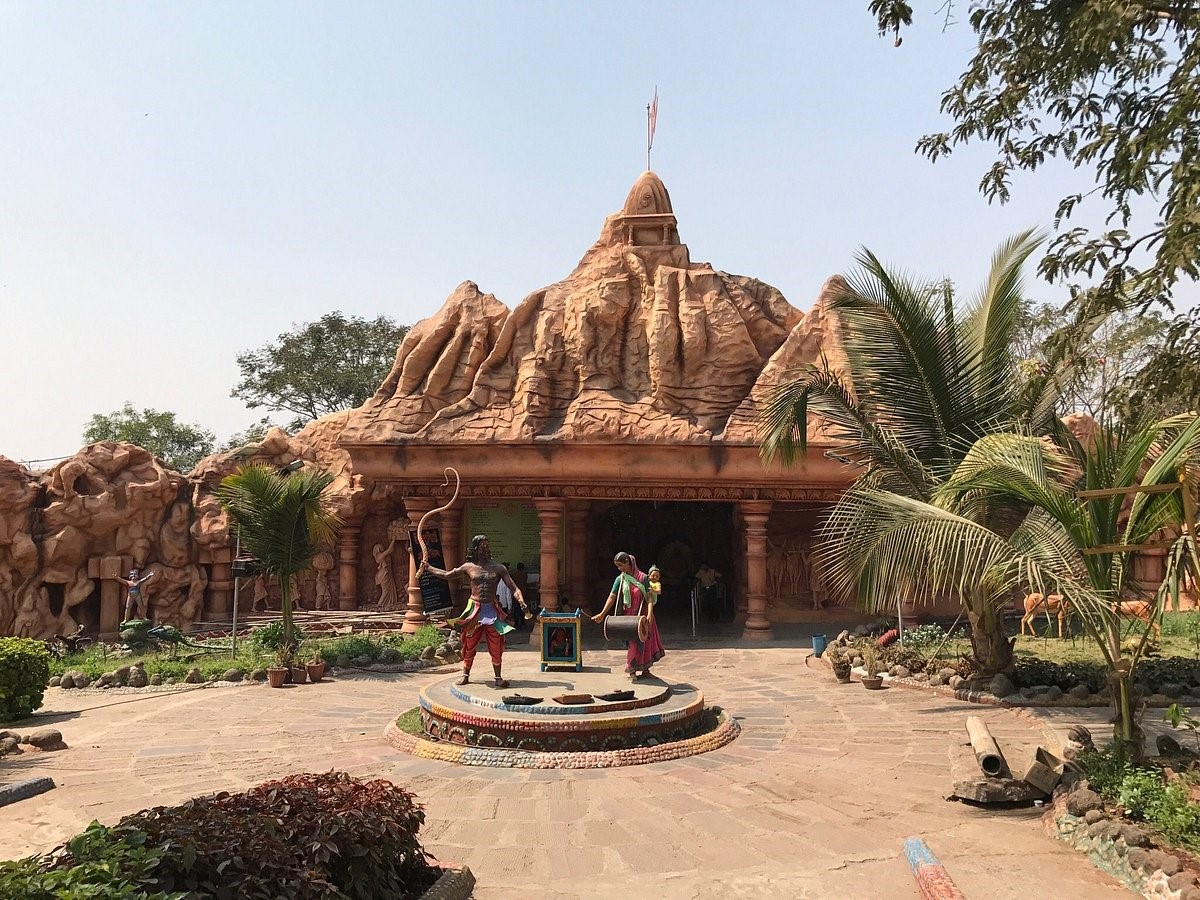(+91) 8626056621
Kolhapur Tourism
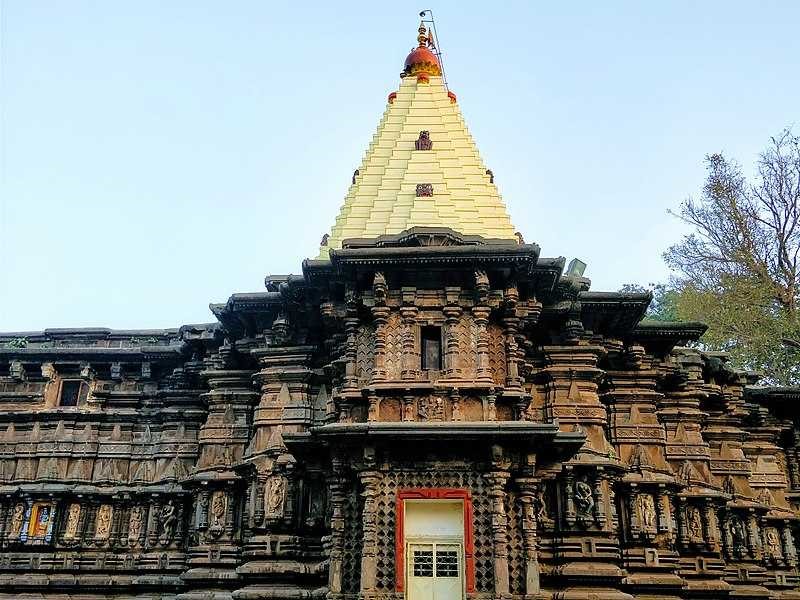
Mahalaxmi Temple, Kolhapur
The temple of the goddess Mahalakshmi was built by Karnadeva in 634 CE Chalukya reign. Mounted on a stone platform, the murti of the crowned goddess is made of gemstone and weighs about 40 kilograms. The image of Mahalakshmi carved in black stone is 3 feet in height. The Shri Yantra is carved on one of the walls in the temple. A stone lion (the vahana of the goddess), stands behind the statue.
There is a small open window on the western wall, through which the light of the setting sun falls on the face of the image for three days around the 21st of each March and September.There are a number of other shrines in the courtyard to the Navagrahas, Surya, Mahishasuramardini, Vitthal-Rukmini, Shiva, Vishnu, Bhavani and others. Some of these images date back to the 11th century, while some are of recent origin. Also located in the courtyard is the temple tank "Manikarnika Kund", on whose bank is another shrine to Visweshwar Mahadev.
Distance From Resort - 18 km
Darshan Timing - 4:30 AM to 11:00 PM
Best Time to Visit - June to August
New Palace, Kolhapur
New Palace, Kolhapur is a palace situated in Kolhapur, in the Indian state of Maharashtra. The Palace took 7 years to complete, from 1877 to 1884, costing about seven lakhs of rupees.Being an excellent specimen of Indian architecture built in black polished stone, it has been an attraction for tourists. It has extensive premises with a garden, fountain and wrestling ground. The whole building is eight-angled and has a tower in the middle. The clock on it was fixed in 1877. At separate distances there are small towers. On every glass are painted the events of Chhatrapati Shivaji Maharaj's life, the founder of Maratha Empire. There is a zoo and a ground lake. Even today, it is the residence of Chhatrapati Shahu Maharaja, the direct descendant of Chhatrapati Shivaji Maharaja.
Distance From Resort - 20 km
Timing - 9:00 AM to 6:00 PM
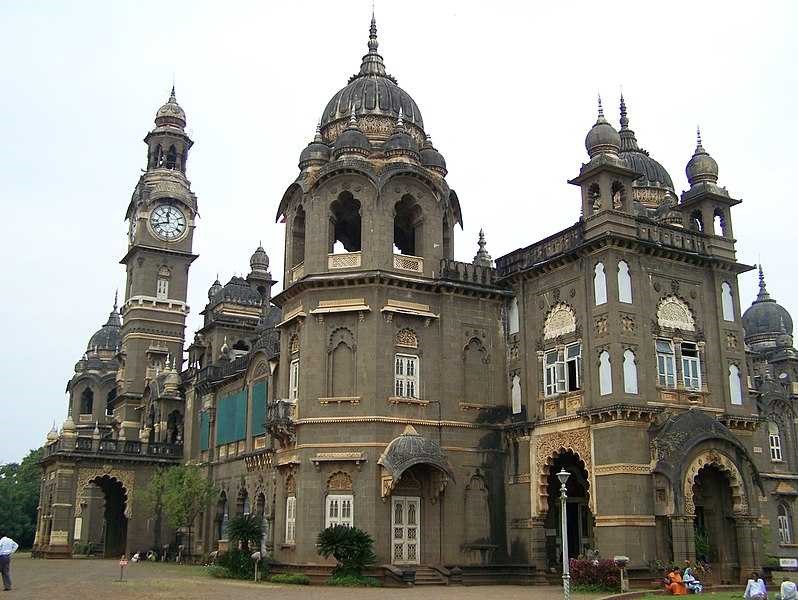
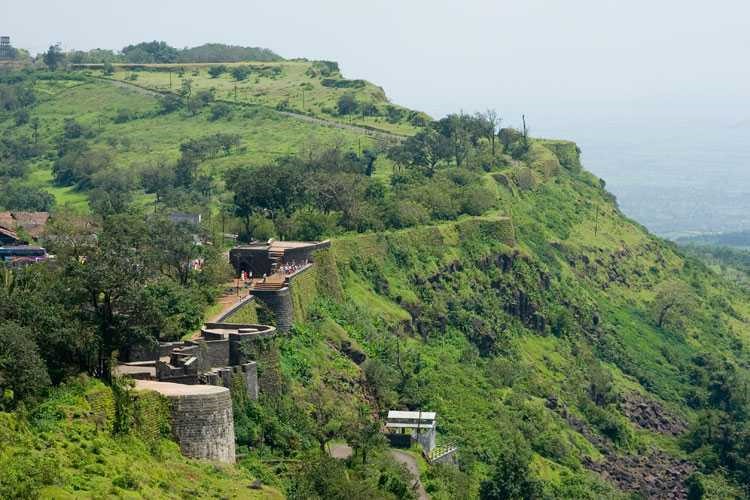
Panhala Fort
Panhala fort (also known as Panhalgad and Panhalla (literally "the home of serpents")), is located in Panhala, 20 kilometres northwest of Kolhapur in Maharashtra, India. It is strategically located looking over a pass in the Sahyadri mountain range which was a major trade route from Bijapur in the interior of Maharashtra to the coastal areas. Due to its strategic location, it was the centre of several skirmishes in the Deccan involving the Marathas, the Mughals and the British East India Company, the most notable being the Battle of Pavan Khind. Here, the queen regent of Kolhapur, Tarabai Ranisaheb, spent her formative years. Several parts of the fort and the structures within are still intact. It is also called as the 'Fort of Snakes' as it is zigzagged in shape.
Distance From Resort - 9 km
Timing - 6:00 AM to 6:00 PM
Rankala Lake, Kolhapur
Rankala Lake is on the western side of Ambabai temple , it is a popular evening spot and recreation centre. This lake was constructed by late Maharajah, Shri Shahu Chhatrapati. The Lake is surrounded by Chaupati and other gardens. In the backdrop stands majestic Shalini Palace. Shalini Palace is the only star-rated Palace Hotel in Maharashtra. Chaupati also brings memories of Chatak daar Bhel-Puri and Ragda-Patties and variety of food snacks. In past, Kolhapur was famous as a centre for Film Industry. Many Marathi movies, Hindi movies have been shot in studios in Kolhapur. ShantKiran Studio on Rankala Lake was shot in numerous movies. This studio was owned by V. Shantaram (V stands Vanakudre), gift to Indian Film industry. Today, those days in history is being remembered as golden past.
Distance From Resort - 19 km
Timing - 6:00 AM to 10:00 PM
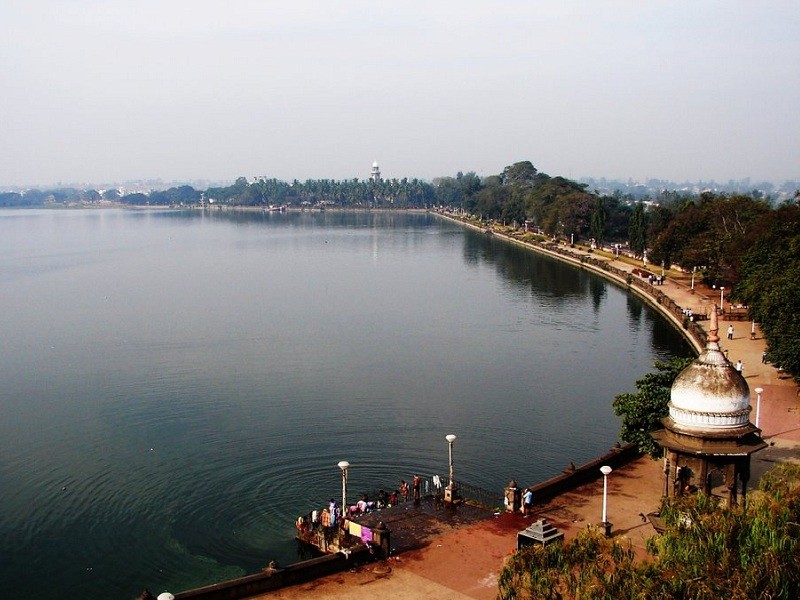
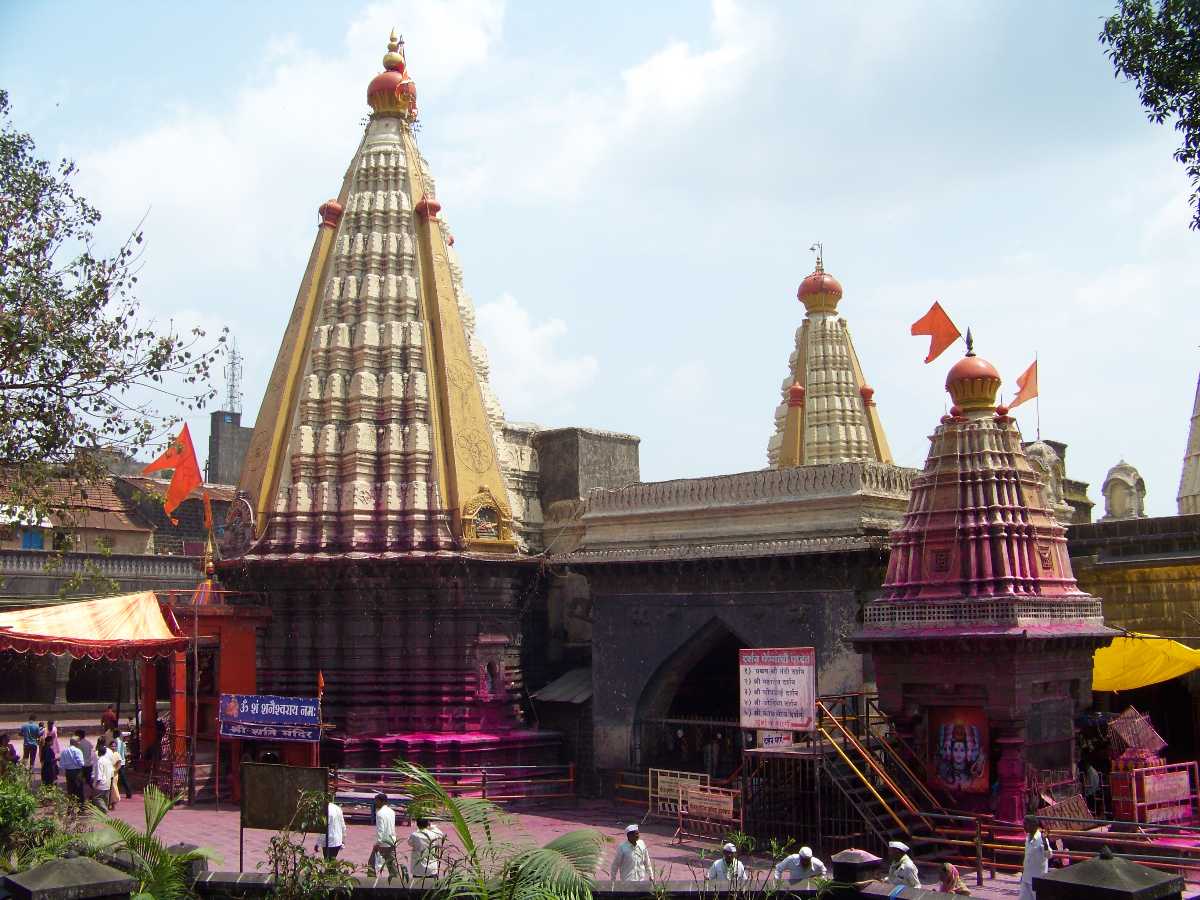
Jyotiba Temple
Jyotiba Temple (Marathi: ज्योतिबा) is a holy site of Hinduism near Wadi Ratnagiri in Kolhapur district of Maharashtra state in western India. The deity of the temple is known by the same name. An annual fair takes place on the full moon night of the Hindu months of Chaitra and Vaishakha.
Jyotiba temple is situated at a height of 3124 feet above sea level and is dedicated to Jyotiba. The temple is 18 km north-west of Kolhapur and around 55 km from Sangli. According to the tradition, the original Kedareshwar temple was built by Navji Saya. In 1730, Ranoji Shinde built the present temple in its place. This shrine is 57 ft x 37 ft x 77 ft high including the spire. The second temple of Kedareshwar is 49 ft x 22 ft x 89 ft high. This shrine was constructed by Daulatrao Shinde in 1808. The third temple of Ramling is 13 ft x 13 ft x 40 ft high including its dome. This temple was constructed in circa 1780 by Malji Nilam Panhalkar. The interior of the temple is ancient. There are other few temples and Light-towers in the premises.
Distance From Resort - 3.3 km
Timing - 5:30 AM to 9:00 PM
Kaneri Math(Siddhagiri Museum)
Siddhagiri Gramjivan Museum (Kaneri Math) at Kaneri, Kolhapur district, Maharashtra, is a sculpture museum. The full name is Siddhagiri Gramjivan (Village life) Museum. It is situated at Shri Kshetra Siddhagiri Math, a campus built around the Moola-Kaadsiddheswar Shiva temple.
This museum showcases different aspects of Gramjivan (village life). Gram means village and jeevan means life in the Marathi language. This initiative was the dream of Mahatma Gandhi, and was created through the vision and efforts of Siddhagiri Gurukul Foundation co. The history of self-sufficient village life in Maharshtra, before the invasion of the Mughals, is depicted in the form of cement sculptures. Each sculpture is lifelike and represents activities performed in daily village life. There were 12 Balutedars (essentially artisan castes), and 18 Alutedars who provided equipment to carry out domestic and professional tasks.
Distance From Resort - 30 km
Timing - 9:00 AM to 6:00 PM
